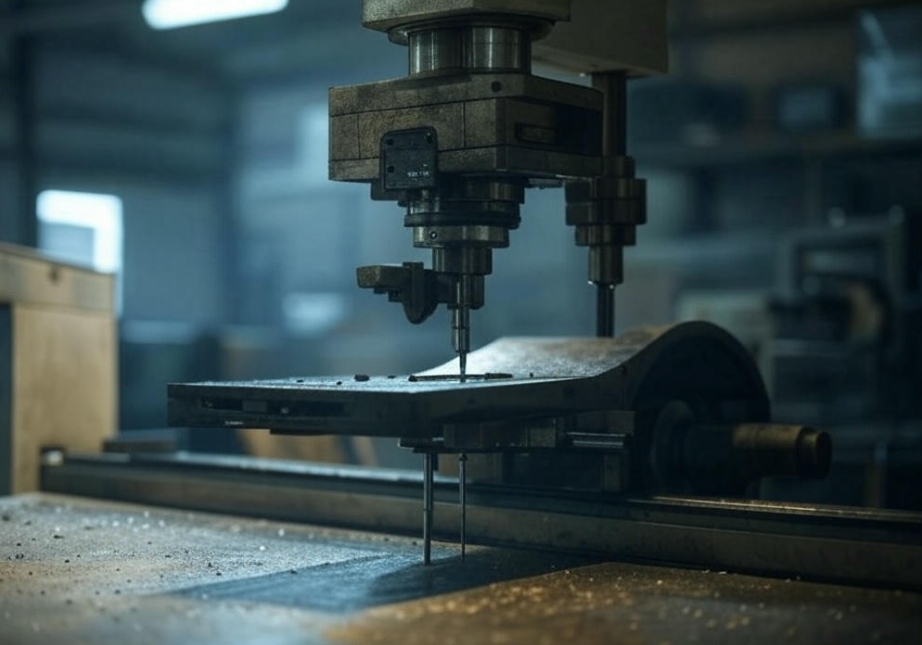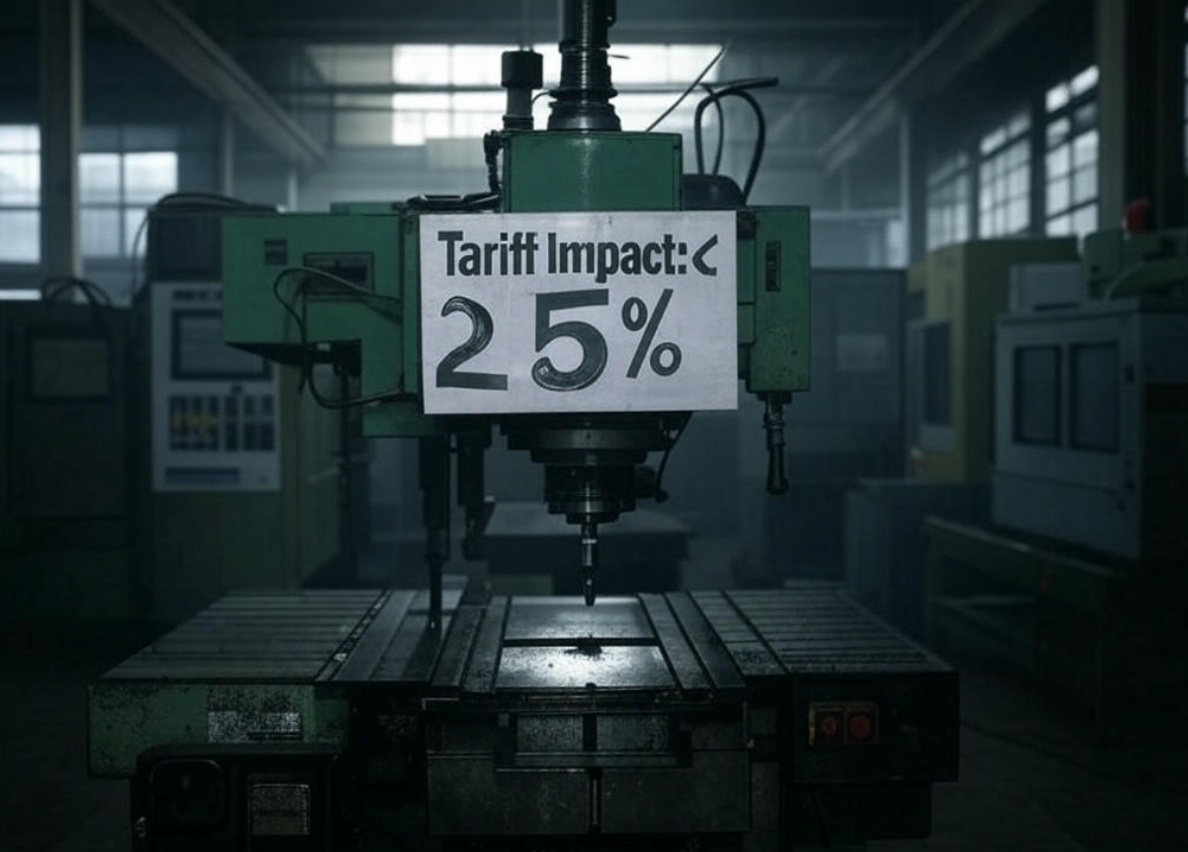Rising Costs of CNC Machining: The Impact of Ongoing Tariffs in 2025
In 2025, the global manufacturing sector is facing a significant challenge: the rising cost of CNC machining driven by ongoing tariffs. These trade policies are reshaping supply chains and increasing production expenses across multiple industries.
Tariffs imposed on raw materials, machinery components, and finished goods have created a ripple effect, particularly impacting precision manufacturing processes like CNC (Computer Numerical Control) machining. This article delves into the causes, consequences, and potential strategies to mitigate these rising costs.

Why Tariffs Are Driving Up Costs
The escalation of tariffs, particularly on metals like steel and aluminum, has directly increased the cost of raw materials used in CNC machining. Additional factors include:
- Higher import duties on precision tools and machinery parts
- Increased shipping and logistics expenses due to trade restrictions
- Supply chain disruptions forcing manufacturers to source from more expensive domestic suppliers
- Retaliatory tariffs affecting export markets for finished goods
Key Impacts in 2025
- 20-30% Increase in Material Costs
- Delayed Supply Chains
- Rising Prices for End Consumers
Industries Feeling the Pinch
Sectors heavily reliant on CNC machining—such as automotive, aerospace, and industrial robotics—are experiencing the most significant cost pressures. For instance, the production of electric vehicle components, which requires precision machining, is seeing profit margins shrink as manufacturers absorb or pass on these costs.
"Tariffs are a double-edged sword: they aim to protect domestic industries, but they’re also strangling manufacturers who rely on global supply chains."
James Carter, Supply Chain Expert
Material Costs
Steel and aluminum prices have surged, directly impacting CNC machining budgets.
Market Adaptation
Companies are exploring local sourcing or alternative materials to offset tariff effects.
Mitigating the Impact
Manufacturers are adapting to these challenges through strategies like optimizing material usage, investing in automation to reduce labor costs, and negotiating long-term contracts with suppliers. However, as tariffs persist into 2025, the industry may need broader policy interventions to stabilize costs.


Community Feedback